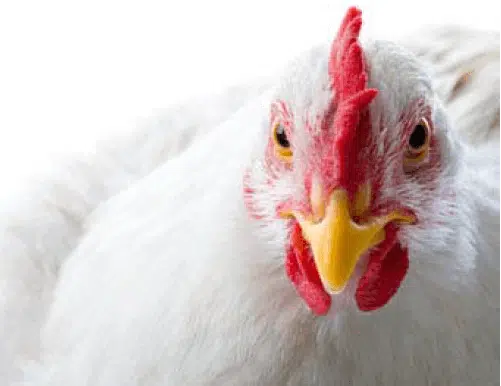Proper usage of enzymes and phytate increases production, delivers cost savings
During the production cycle of a broiler, many factors influence a bird’s ability to achieve the full metabolizable energy (ME) potential of the feed. Changes in diet and environment — as well as its
genetics — can play a role. However, poultry producers’ main challenge is the variance in feed digestibility and its impact on animal productivity.
Producers must continue to meet performance objectives, in terms of both growth and flock uniformity, despite increases and volatility in raw material costs (see Figure 1). This challenge has seen an increase in the use of alternative ingredients and byproducts in poultry feed such as DDGS, rice bran, rapeseed meal, canola meal, sunflower meal, palm kernel meal and wheat pollard.
Proper usage of enzymes and phytate increases production, delivers cost savings
During the production cycle of a broiler, many factors influence a bird’s ability to achieve the full metabolizable energy (ME) potential of the feed. Changes in diet and environment — as well as its
genetics — can play a role. However, poultry producers’ main challenge is the variance in feed digestibility and its impact on animal productivity.
Producers must continue to meet performance objectives, in terms of both growth and flock uniformity, despite increases and volatility in raw material costs (see Figure 1). This challenge has seen an increase in the use of alternative ingredients and byproducts in poultry feed such as DDGS, rice bran, rapeseed meal, canola meal, sunflower meal, palm kernel meal and wheat pollard.
Inclusion of these alternative raw materials in feed formulations introduced a complete set of challenges: maintaining the nutrient specification of the diet and managing anti-nutrient factors. Compared to more traditional feed ingredients, the challenges of these materials are highlighted by their composition as they tend to be lower in both starch and protein quality and have higher levels of anti-nutrient factors, e.g. arabinoxylans and phytate.
Chemuniqué empowers feed and food producers with the most innovative animal performance solutions, enabling our clients to consistently advance the efficiency of production.









